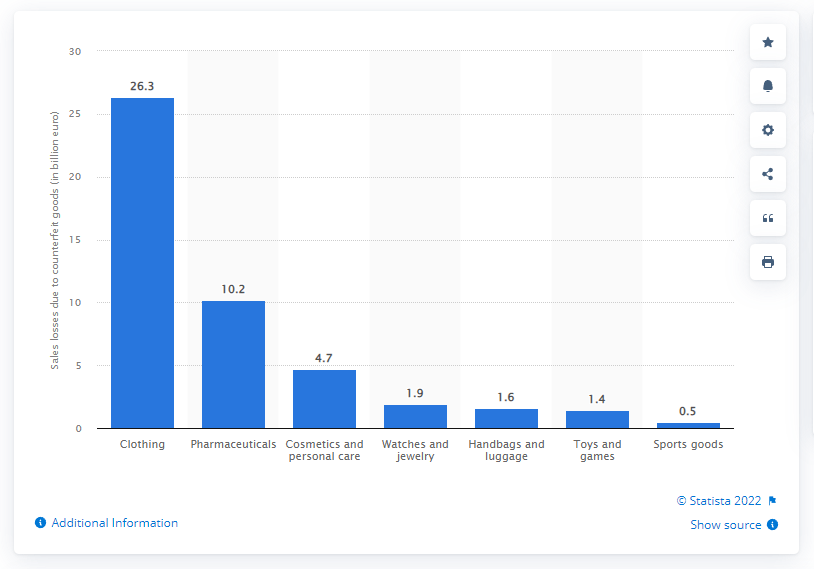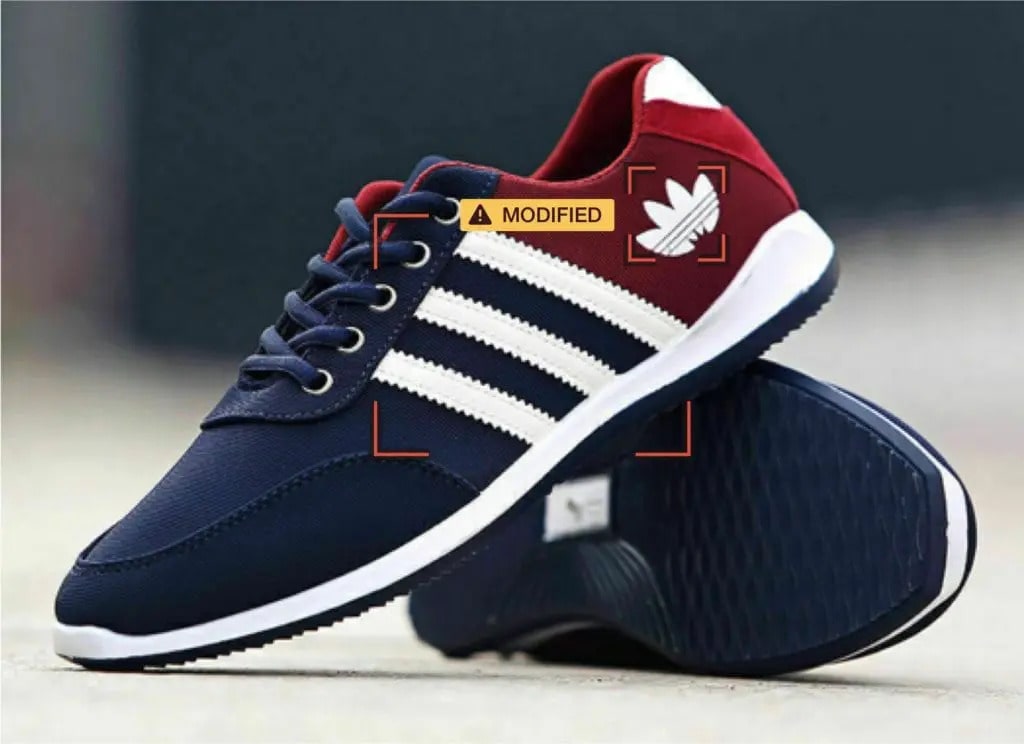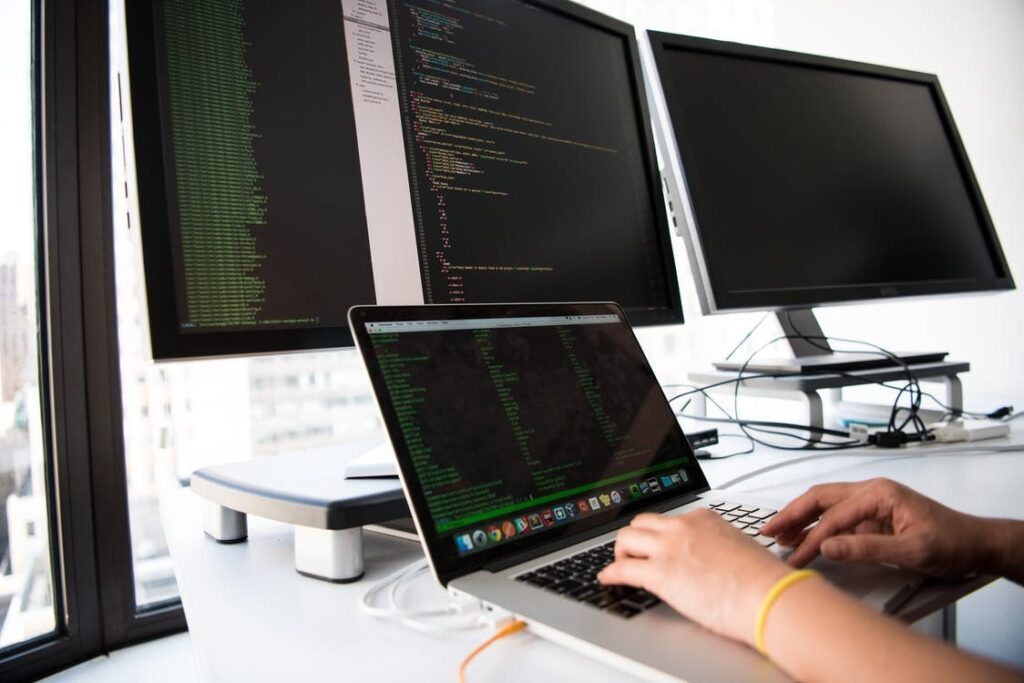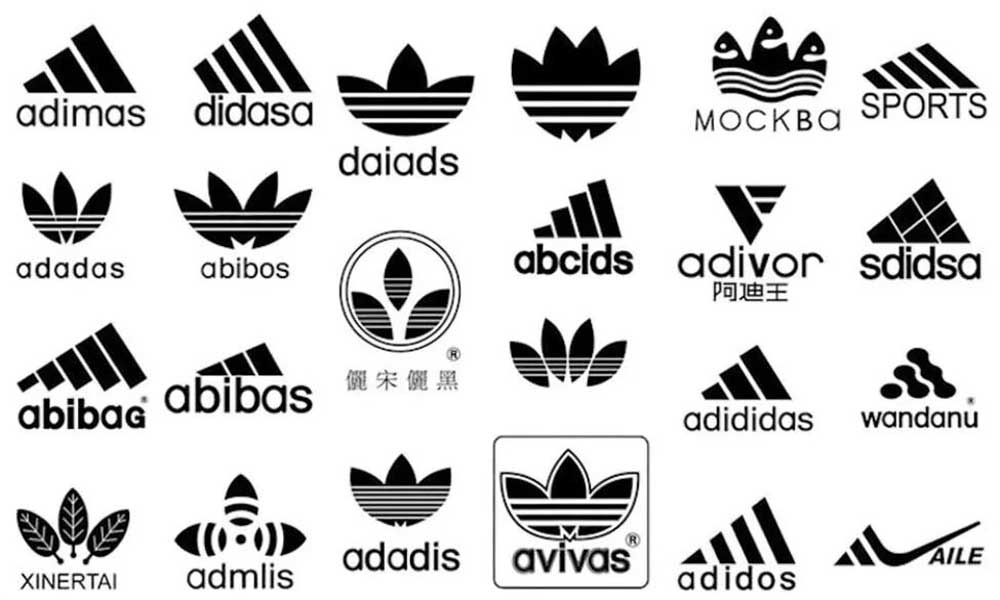What Is Brand Protection? How Does It Work?
Brand protection protects companies' intellectual property, such as patents, design rights, colour marks, etc., to save companies from losing revenue and reputation in the market.
Creating a reputation takes time, effort, and dedication. While most brands go through the process, some prefer to take a short route referred to as brand abuse.
Standard brand abuse practices involve counterfeiting, copyright piracy, patent theft, social media impersonation, etc.
Some brands initially identify fraudulent activities, while others realise that it's too late. A lack of knowledge and action leads to an unending legal battle and heavy expenses. This article will save you from losing your reputation, revenue, and efforts to sort the mess.
Let's get started with counterfeiting; brand abuse causes the most damage.
Table of Contents
Counterfeiting: The Most Common Form Of Brand Abuse
Counterfeiting refers to imitating the product of a reputed brand to deceive customers. They resemble authentic brands, use their logos and trademarks without, and are manufactured and distributed without permission.
As per Statista, here is the sales loss incurred from counterfeit goods worldwide in 2020 (in billion euros):

Counterfeiting is just one form of intellectual property infringement that circles the trademark of a well-established brand. As it dominates the forms of brand abuse, brand protection practices mostly revolve around saving companies from counterfeit products.
Impacts Of Counterfeiting On Reputed Brands
Brands hardly understand the drastic impact of counterfeiting as it's way more than people earning a few bucks in your name. Here are some short-term and long-term consequences that brands suffer:
Reduced sales due to price difference
Counterfeiters often sell the product replicas at a low price, and people are likely to choose the cheaper option. Also, deceiving people is slightly easier as there is a fragile line between real and fake online.
Counterfeiters often copy the same brand images and reviews, making it harder for people to judge the products based on their authenticity. A lack of poor judgment helps them run their business effectively and earn considerable money. As a result, reputed brands deal with a significant loss in sales.
Poor reputation
People are continuously investing their money in counterfeited products. While the price seems to lure them in, the quality leads to frustration and anger.
They will end up blaming the authentic company for poor results. Word of mouth will always be one of the most potent forms of marketing. You will be bombarded with negative reviews online, and your ideal customers will get a hint that your products don't meet people's expectations.
Angry customers will come right back at you for a refund or compensation. Also, one of the biggest pitfalls is that the customer support reps can hardly recognise that the frustrated customers used a counterfeit product.
Increased expenses
Fighting back against counterfeiters is not only time-consuming but heavily expensive. The resources saved for product development, marketing, or other core business functions are often used in this direction.
Big, legitimate companies have no other option than to fight back to protect their business. Instead of spending time growing, they are stuck with lawsuits and court hearings.
Strained relationship with stakeholders
The damage done due to counterfeit products often ruin the relationship with distributors, retailers, and other partners working with companies. Companies often come to a price agreement with other parties.
When these parties notice they are selling the product at a much lower price, they will likely end the agreement. It breaks the trust with the concerned parties, and they are least likely to entertain any further connection.
Let's move further to understand other violations that brand protection services aim at eliminating:
Rogue websites
Rogue websites are created to divert a targeted audience of a well-established brand. People often practice cybersquatting, wherein they have an unauthorised registration of internet domain names identical or similar to other brands' trademarks.
Typos are often taken advantage of as typosquatters use the commonly misspelt terms of renowned websites to direct traffic to their site. Lastly, some websites are exact replicas of the site of an established brand, often referred to as imitation sites.
Copyright Infringement

Copyright infringement refers to using copyright-protected material without any prior permission. Brands must have a copyright of their logos, designs, and other elements responsible for developing a brand identity.
Trademark Squatting
Trademark squatters register trademarks of an existing brand in some foreign country where the brand is yet to get registered. They can entirely tarnish a brand's image before even initiating the operations abroad.
Social Media Impersonation
Social media impersonation is drastically increasing, wherein unofficial third parties imitate the accounts of authentic brands to capture followers. They use the name, image, or other identifying elements of a brand.
The fake identity, copied positive reviews, and brand images help them steal your ideal customers. It's vital to protect your brand from digital identity theft.
Process Of Brand Protection

The violations mentioned above lead to a heavy amount of loss in revenue, a strained reputation, and a safety concern for consumers.
But how do you identify these violations? That's where brand protection services save you from ongoing trouble.
What Is Brand Protection Software?
A brand protection software prevents infringements of a company's intellectual property by identifying and removing online counterfeits to protect your customers, revenue, and reputation.
The process of brand protection is generally as follows:
- Identification of all possible forms of infringements online.
- Validating or cross-checking the identified list of infringements
- Removing IP infringements includes infringed product listing on renowned marketplaces, deleting the imitations on social media, getting rid of rogue websites, etc.
- Reporting relevant information to brands for further actions and creating awareness.
Brand protection software works exceptionally well in handling the processes mentioned above. Here is how they identify, eliminate, and report the ongoing brand abuse:
Identification Of Specific Keywords
Counterfeit products appearing on varied eCommerce platforms rely on specific keywords. The programming bots focus on continuously monitoring the listings containing these keywords.
Counterfeiters keep modifying these keywords to improve their sales without being caught. The system checks all possible keywords and catches them before significant damage.
Image & Object Recognition

The software focuses on identifying image replicas to catch counterfeiters. Counterfeiters either use the same images used for your brand representation or make specific changes. The most basic software focuses only on duplicate images.
On the flip side, advanced software identifies objects irrespective of their placement. It's no big brainer that object identification becomes much more critical considering the creativity of individuals in copying reputed brands.
Machine Learning
Machine learning focuses on identifying patterns and correlations in data for more reliable search parameters. The above two aspects work more effectively when combined with machine learning. It leads to continuous improvements and protection of your brand online.
There are many different brand protection software available in the market. The effectiveness varies based on various factors. For instance, some software will extract all data for you to analyse. At the same time, others create customised dashboards to make your task easier. Go through the available options, weigh the pros and cons, and decide.
Now let's move into the details of one of the most sought ways of brand protection.
How To Use Proxies To Protect Your Brand?

Proxy servers are becoming increasingly crucial for businesses in this new digital age. Counterfeiters are reluctantly working on bringing down established brands.
Some brands even deal with cyberattacks costing them millions of dollars. Instead of suffering the recovery cost, let's look at how proxies can help you in brand protection.
A proxy server acts as an intermediary server through which all your requests are processed. You are provided with a unique IP address, protecting your brand identity.
Proxies are increasingly beneficial for brand protection as they enhance anonymity, privacy, and security. There are several types of proxies to choose from, like Datacenter proxies, Residential proxy, Anonymous proxies, High Anonymity Proxies, Reverse Proxies, Shared Proxies, and Private Proxies. Brands prefer using Datacenter Proxies for brand protection due to their affordability and reliability.
Here is how proxies will help you secure your brand from counterfeiters:
- The new unique IP address makes it difficult for attackers to obtain it. This protects your company's server from malicious activities.
- Counterfeiters obtain access to emails to acquire information required to create product replicas. Proxies protect brands from email phishing by continuously monitoring, filtering, and deleting emails containing sensitive information.
- Website downtime is another major factor behind ideal customers visiting the website of a product similar to yours. A proxy server is fast and stores data in multiple servers, thereby freeing up the central server for processing requests immediately.
- Proxy servers help anonymously identify brand abuse on various eCommerce and social media platforms.
- Accessing a foreign market ensures you can find identity trademark squatters without delay.
Five Additional Ways To Protect Your Brand From Counterfeiters

Keeping the IP protected from fraudsters is a core step for every brand. Counterfeiters hardly let go of the companies they are heavily benefitting from. They will use numerous tactics to make the most of their actions. Let's now take a look at a few strategies you can use to protect your brand:
Prioritise registering your intellectual property
Skipping this step will only complicate your legal battle if you fight any. Counterfeiters will copy everything from logos to brand names without hesitation without formally registered trademarks.
Prioritise registration before your identity gets stolen, and people make a load of money. Make sure your trademark includes regions with the highest counterfeit issues. Lastly, you must also register the most familiar domain variations to stay safe.
Always have an NDA with partners
Brands with patent-protected designs must have an NDA with partners. Joining hands with other companies might be an excellent choice for substantial growth. But remember that protecting confidential information is highly important irrespective of trust or dependency.
Use social media to develop authenticity
Counterfeiters try to imitate social profiles to win followers and eventually steal customers. The immense power of social media demands brands to develop authenticity on all major platforms. You can also use reporting tools to identify and eliminate duplicate profiles.
Go for multi-channel monitoring
Brand abuses are more prevalent on social media than on traditional eCommerce platforms. Auditing brand IP infringements to identify the channels and extent is crucial.
Some brand protection companies provide free auditing as well. You will have more efficient use of your resources after obtaining this information. Lastly, consider your target market and never stay rigid to specific geographic locations.
Educate your target audience
Educating your customers is the best way to save them. Tell them the difference between a legitimate and fake product. In this manner, they are least likely to fall into low prices and big promises.
Start by educating customers about the product aspects that are hardest to replicate. It will help them quickly identify fake products. Lastly, put some light on the dangers of using counterfeit products.
Apart from educating customers, it would help if you also educated vital stakeholders in your organisation.
Key Takeaways
- A brand protection strategy is crucial for companies to protect their reputation, time, and money.
- Counterfeiting refers to using brand information for creating product replicas and selling them at a low price. It's one of the most common forms of brand abuse.
- Counterfeiting often leads to declining sales, strained relationships, tarnished brand image, and increased expenses for fighting legal battles.
- A brand protection strategy involves the detection of infringements, validation, elimination, and reporting.
- Some of the best brand protection software completes the tasks by identifying specific keywords, image and object recognition, and machine learning for analysing data patterns.
- Brands use data centre proxies for protection by securing core data through a unique IP address, fast server, and access to foreign markets.
- Always register your IP to make a strong case, if required.
- Multi-channel monitoring will help you identify counterfeits on more prevailing platforms like social media.
- An NDA with partners will ensure your confidential data remains secure.
- Use social media to develop authenticity and educate your customers about genuine and fake products.
